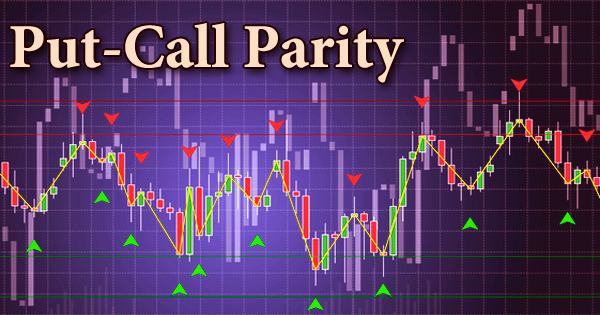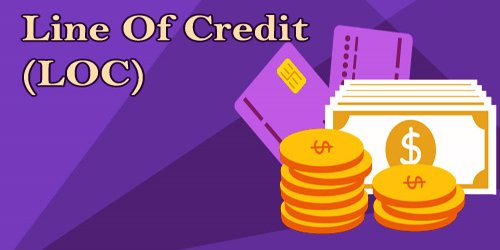Seller’s discretionary earnings (SDE) is an earnings indicator used to assess a company in order to provide potential purchasers a more realistic picture of the cash flow available. It includes a company’s profit before taxes and interest, as well as non-cash costs, unusual one-time investments, and other non-related business earnings and expenses. This statistic is more typically used to value Main Street businesses than middle-market businesses.
Calculating the seller’s discretionary profits before entering into a company sale agreement with possible purchasers assists the seller to optimize the value of the enterprise. For tax considerations, the owner of a small business generally keeps the reported earnings low. As a result, nonrecurring, nondiscretionary expenditures are placed back in to show a buyer the genuine cash flow from operations.
SDE is a method of standardizing or “normalize” a company’s profits so that they may be compared more accurately to those of other firms and the industry as a whole. Understanding how to calculate a seller’s discretionary profits helps them to make the best option possible when deciding what expenditures and incomes to include. SDE is a financial advantage offered to one full-time owner-operator that is calculated for a small to mid-size firm by taking earnings and adding back interest, taxes, depreciation, and other adjustments.

A market-based valuation of a company establishes its worth by comparing one or more features of the target company to similar aspects of other companies with a known market value. There are numerous earnings and costs that may or may not have an impact on the company’s valuation while preparing a firm for sale. Knowing what to include in the appraisal can assist both sides in the negotiating process in arriving at a fair business valuation.
The International Business Brokers Association (IBBA) defines SDE as:
“The earnings of a business prior to income taxes, depreciation, amortization, interest, non-operating income and expenses, nonrecurring income and expenses, one owner’s entire compensation (including benefits and any non-business or personal expenses paid by the business).”
As a result, EBITDA (earnings before interest, taxes, depreciation, and amortization) is modified, and the seller’s compensation, benefits, and perks are re-added. The calculated profits are multiplied by a multiple of discretionary earnings, which varies according on the size, perceived risks, and other factors. While there’s nothing wrong with taking advantage of every available tax break, it can create a problem when it comes time to sell. Here are some of the factors that go into determining the seller’s discretionary profits.:
- Pretax and pre-interest profits before non-cash expenses: The EBITDA (Earnings before Interest, Taxes, Depreciation, and Amortization) reflects how much money the firm makes. It offers the investor a general idea of how much money they will make if they buy the company.
- One-time expenses: One-time purchases are non-recurring costs that are only paid once. Payments for website design services, the acquisition of a company license, one-time application costs, legal fees, and other charges may be included.
- Non-related business expenses or income: This category includes earnings and costs that are unrelated to the company’s primary activity. Costs expended on a business trip for a personal vacation, consultancy revenue unrelated to company operations, fuel and automotive expenditures for a firm that does not use autos, and office rent recorded as business expenses are examples of non-related earnings and expenses.
- Adjusted expenses: When selling a business, it’s important to take into consideration some of the costs that aren’t directly related to the firm. When a firm sells its branded t-shirt website, for example, the new owner must account for the costs of warehouse rent and order fulfillment, which are critical to the company’s profitability. When creating the business’s profits statement, such costs must be taken into account.
Buyers are interested in the entire amount of money they can earn. Small businesses plan their revenues and spending with tax consequences in mind. They tend to understate cash flow from operations and do not provide a true picture of the company’s financial success. There is a chance that the seller and the buyer will differ on some of the revenues, expenses, and replacement costs that should be included in the calculations when computing the seller’s discretionary profits.
The SDE is significant since the company’s purchase value is frequently calculated by a multiple of this figure. Both Seller’s Discretionary Earnings (SDE) and Earnings before Interest, Taxes, Depreciation, and Amortization (EBITDA) try to compute standardized earnings by removing some factors that vary from one firm to the next. As a result, before removing the major owner’s perks and other discretionary, non-operating, nonrecurring expenditures, the net income is used to value cash flows.
Information Sources:
















